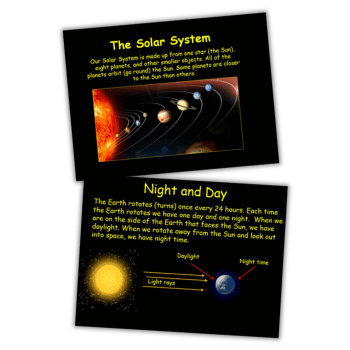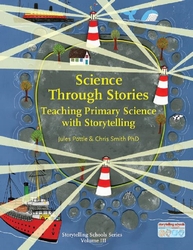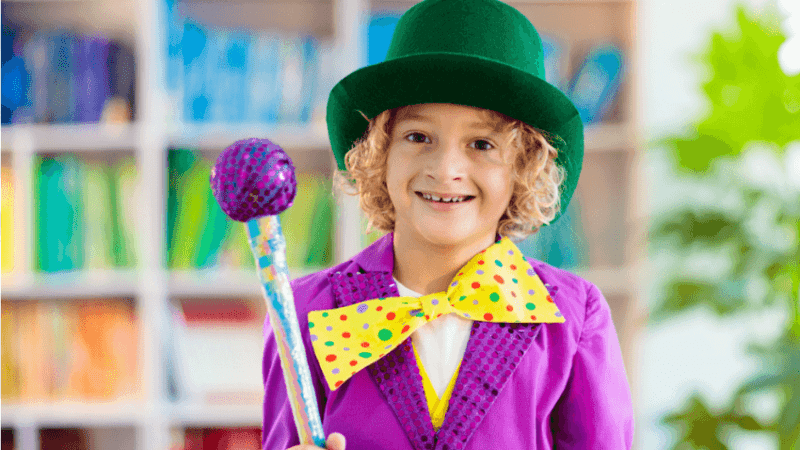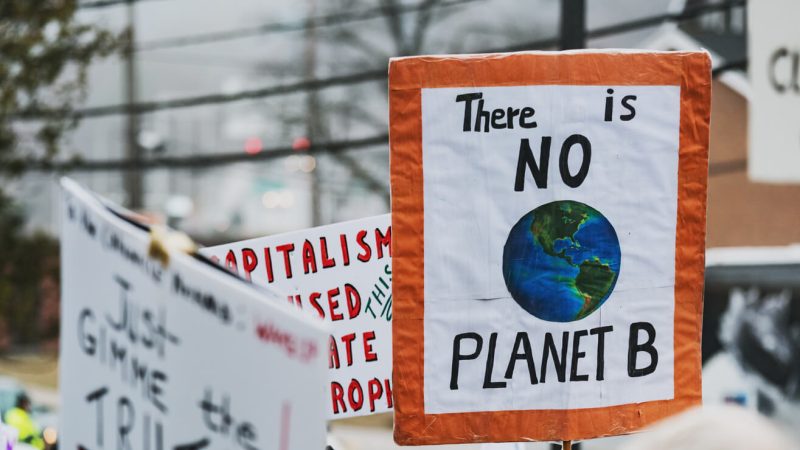Once Upon A Unit Of Measurement – Teaching Primary Science Through Stories

A great tale will have children desperate to know what happens next. Add science to the narrative and it’ll ignite their curiosity for experimentation too, say Chris Smith and Jules Pottle…

Primary school science plays a key role in introducing children to ideas about the world and how it works. But although it’s an exciting, hand-on subject, ushering learners in to this sphere of scientific awe and wonder is not always easy. Unless, that is, you use storytelling as a gateway. Students have to care about questions to want to find the answers, and great stories naturally inspire empathy and curiosity; they entice children to explore and apply scientific content – first within the story, and then with hands-on experimentation. If the story is memorable and meaningful, then the science will be memorable too.
Electrifying images
When learning a new concept, most of us construct a mental image for ourselves to better understand what is going on. Telling a story helps children to visualise what might otherwise seem abstract. For instance, we like to use the story of three lighthouses on an island, which all go off when a wire is broken, to emphasise that a complete circuit – a loop – is needed for electricity to flow. Orally retelling stories also helps children to practise explaining the key points, recalling the facts and events in the correct sequence and thereby internalising the science. And it’s not just about addressing subject content – it can be a springboard for language learning too. If you’d like to give the process a try, here’s how the story about the lighthouses works in practice. It’s taken from a collection of similar stories that feature in our book, Science Through Stories.
The Lighthousekeeper’s Son Once, there was an island with three lighthouses, manned by two brothers and their father. Every night, they would light the oil lamps so ships would steer clear of the rocks, and every morning, as the sun rose, they would snuff out the lamps. The third and youngest son lived with his father. He always seemed to have his nose in a book. “Why waste your life reading? What’s the point of that?” his old father would say. “Why can’t you do something useful, like your brothers?” “Dad!” the boy answered. “I am studying! This is useful.” The father got so angry he threw the book on the fire. Then one day the two older brothers were called up to fight in the war. Who would light and care for the lamps? “Don’t worry, Dad,” said the youngest son. “I’ve got an idea. There’s this new thing I read about called electricity. We can use it to light up all three lighthouses.” “Lad, books won’t help light the lamps,” the father said and he turned to go. “Listen, Dad,” said his son. “If we buy a generator, wires and some electric lamps, we can link all the lighthouses together in a single loop and turn all the lighthouses on at the same time, with one switch!” The father looked doubtful …
The island is duly wired with all the lighthouses connected in a single series circuit. In a storm, a cable is blown down and all three lighthouses are plunged into darkness. Consequently, the lighthouses are rewired with three separate series circuits (or indeed a parallel circuit, should you wish to take the science that far).
Emphasising oracy
The story provides a background of drama and tension (a father-son conflict, in this case) which puts us into the shoes of the two characters. The human interest, the ‘What-happens-next’ of the narrative sets up a meaningful context for what follows – a story about science and the validation of the son’s studying. On the way, both the characters and the children listening to the story, learn all about power supplies, circuits, switches and lights. Alongside telling stories, there are many ways to emphasise oracy in science lessons that will help to improve children’s non-fiction texts too – if you make the connection clear. After all, excellent primary science includes a good deal of talking.
Children need to ask questions in order to communicate what they would like to find out. They need to explain how to set out an experiment, how to make it fair and what they expect to happen. They need to describe what they have observed, and they need to explain the science behind their results. If you take the opportunity to orally rehearse all these things, you’ll see pupils’ written work develop alongside their scientific understanding.

Chris Smith and Jules Pottle run Storytelling Schools; their book Science Through Stories: Teaching Primary Science with Storytelling is available from Hawthorn Press
For more information, visit www.storytellingschools.com or follow @Storytellingsch











